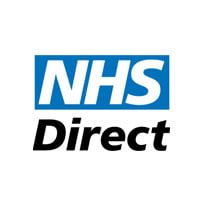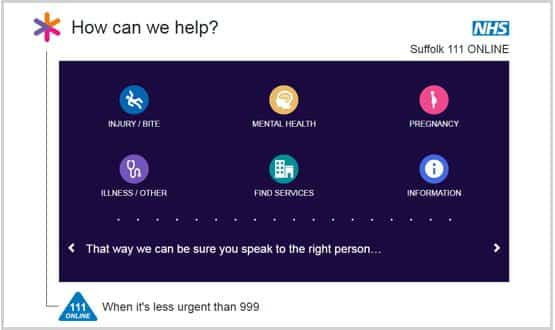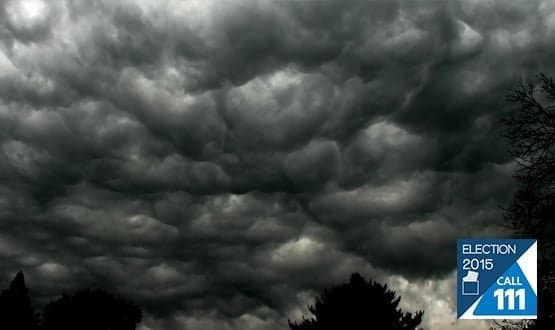NHS Direct cuts hit admin staff
- 7 March 2013

NHS Direct is slashing its back-office costs in half and expects to make more than 300 whole time equivalent staff redundant.
The organisation’s contract to provide the 0845 nurse-led health advice line ends in April, when the new urgent care number NHS 111 is supposed to go-live nationwide.
NHS Direct has won contracts to provide NHS 111 for about one third of England’s population and estimates answering around 6m calls a year compared to 4.5m 0845 calls. NHS 111 calls are answered by non-clinical staff.
This means a change in staff numbers and skill mix and a reduction from 30 sites nationwide to 12.
NHS Direct’s new managing director Trevor Smith told EHI it was a challenging time of fundamental change for the organisation.
The number of whole time equivalent front line staff will reduce from 1060 to 750-800. NHS Direct expects around 200 of these staff to transfer to other NHS 111 providers and 40 have already transferred.
These numbers are excluding ‘The Appointment Line’ staff.
Nurse numbers will be cut from 450 wte to 265 with around 85 nurses expected to transfer to other NHS 111 providers, while support and managerial staff numbers are being reduced from 435 wte to 270.
NHS Direct also has a number of staff being transferred to it under TUPE arrangements in areas where it has won contracts from local providers.
Meanwhile, it is working to transfer its own staff to other providers where its bid was unsuccessful either under Cabinet Office guidelines or by voluntary transition arrangements.
Smith said the impact of staff cuts was mainly being felt by administrative staff.
NHS Direct previously spent about £1 on back-office staff for every £1 it spent on the frontline. This would be reduced to about 50p on back-office functions.
The organisation was extending the opportunity to work from home to more clinical staff and expected about 20% of nurses to become home-based.
“We’re right in the middle of implementation at the moment, it’s a difficult and challenging time for us and has been for several months now,” he said.
Smith expected NHS Direct to return to routine functioning around May or June.
NHS Direct is also developing its 41 online symptom checkers as part of its two-year contract with the Department of Health to provide NHS 111 online.
Chief information officer Alan Bentall said the functionality needed to be enhanced to make it more aligned with the delivery of NHS 111 and to take some of the pressure off the telephone service.
The online service would remain available via the NHS Direct or NHS Choices website, but ultimately would be available via the new customer service platform being developed by the NHS Commissioning Board.
“It will sit on our own website at least until the end of June, but I imagine that at some point after that we’ll be asked to make sure the primary point of delivery is through the new portal platform,” said Bentall.
Functionality to allow NHS 111 online to refer directly into other services would be developed over the next three to six months.




